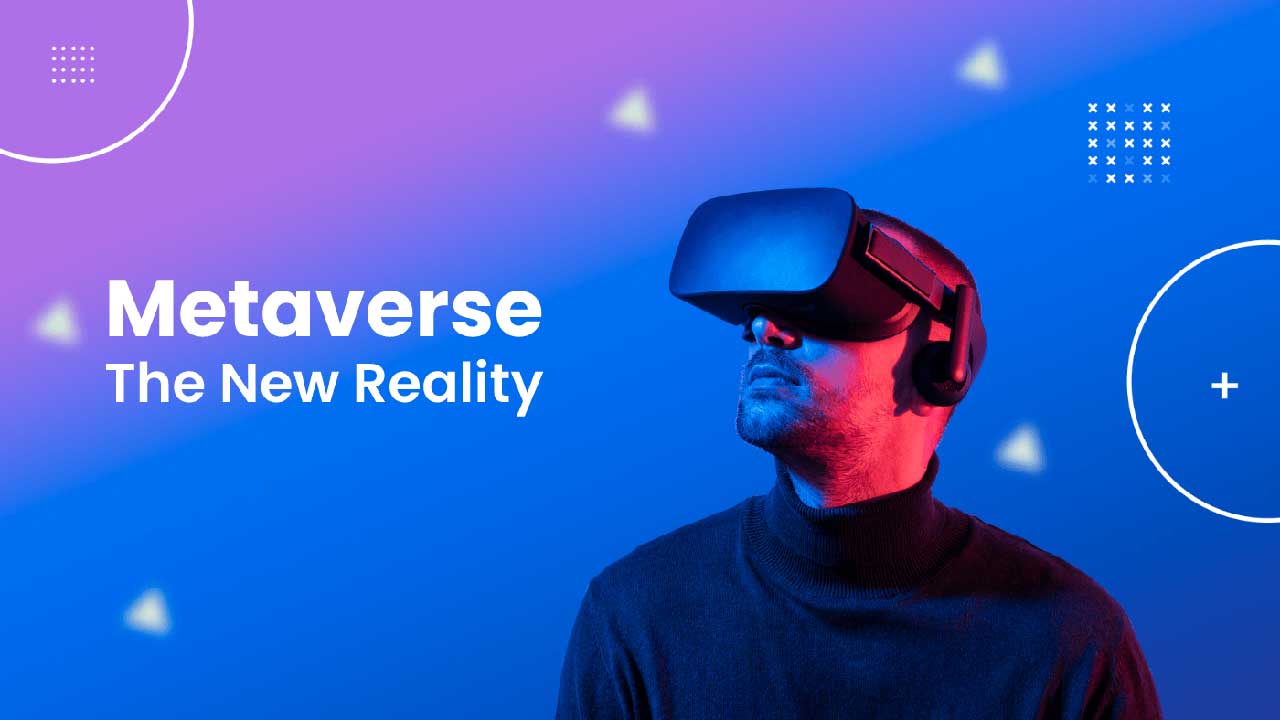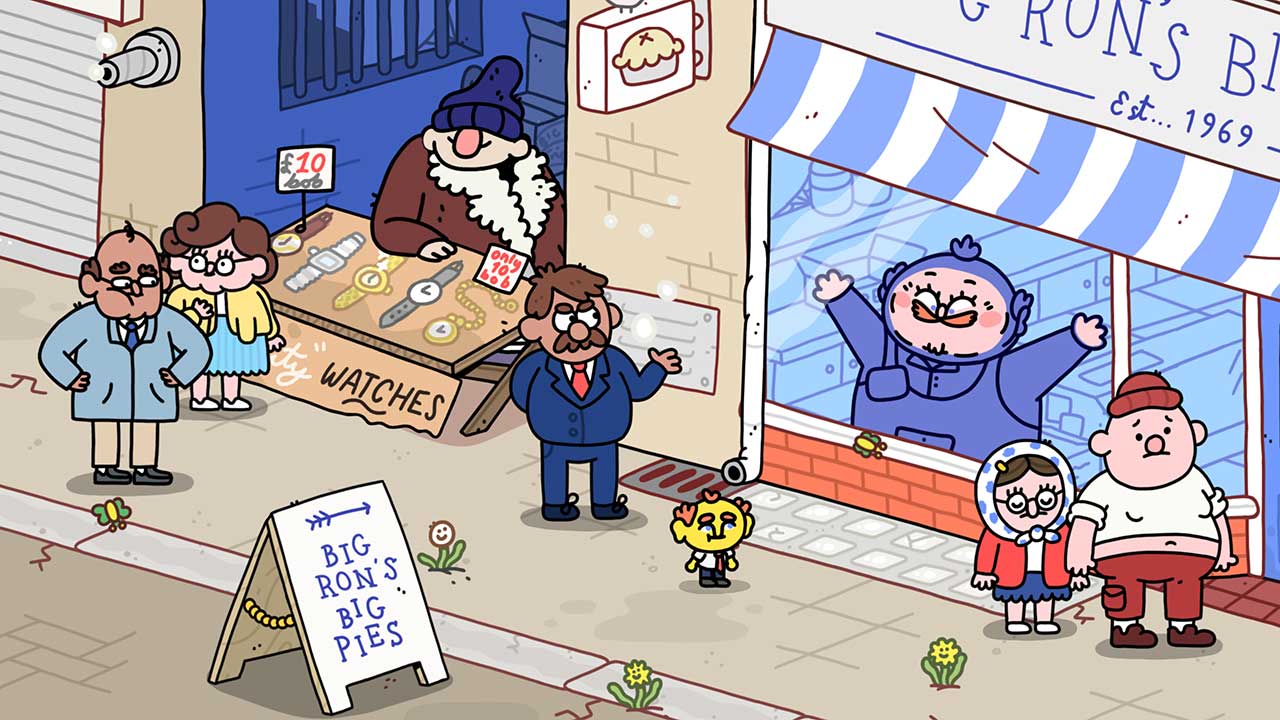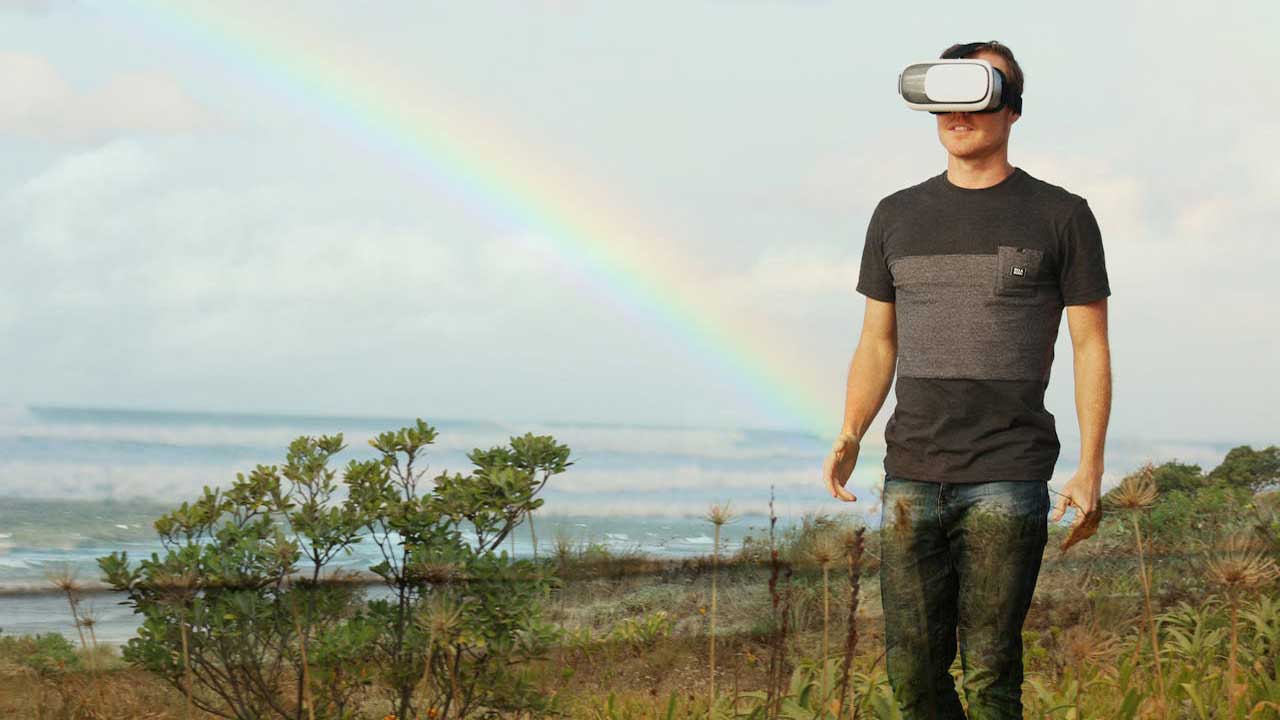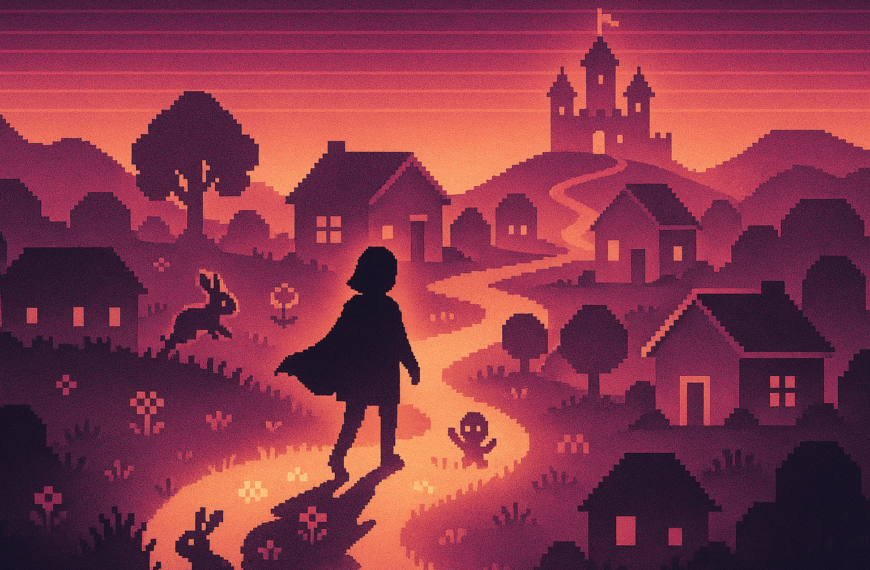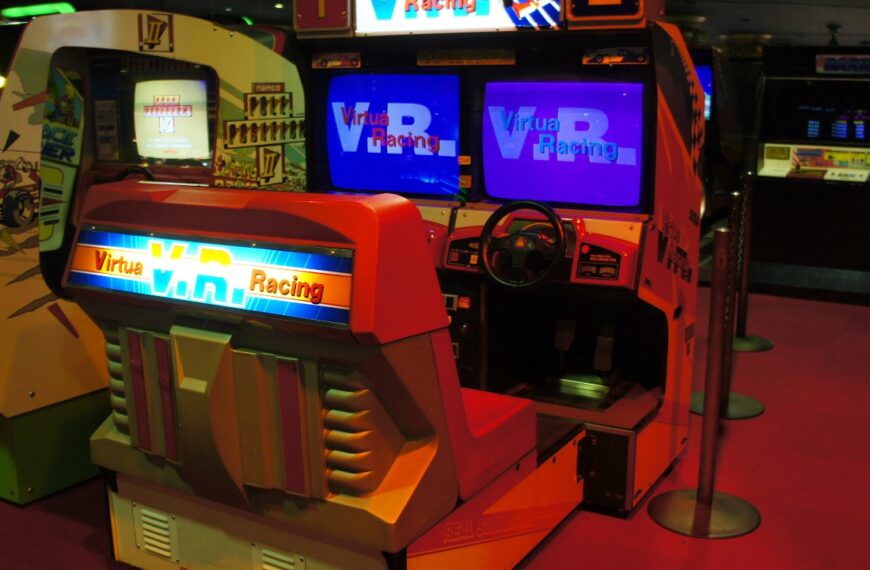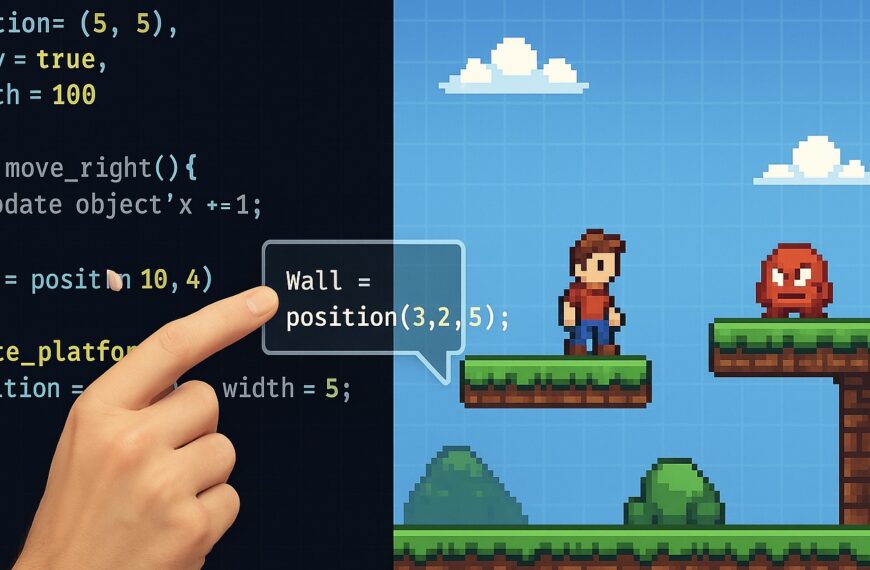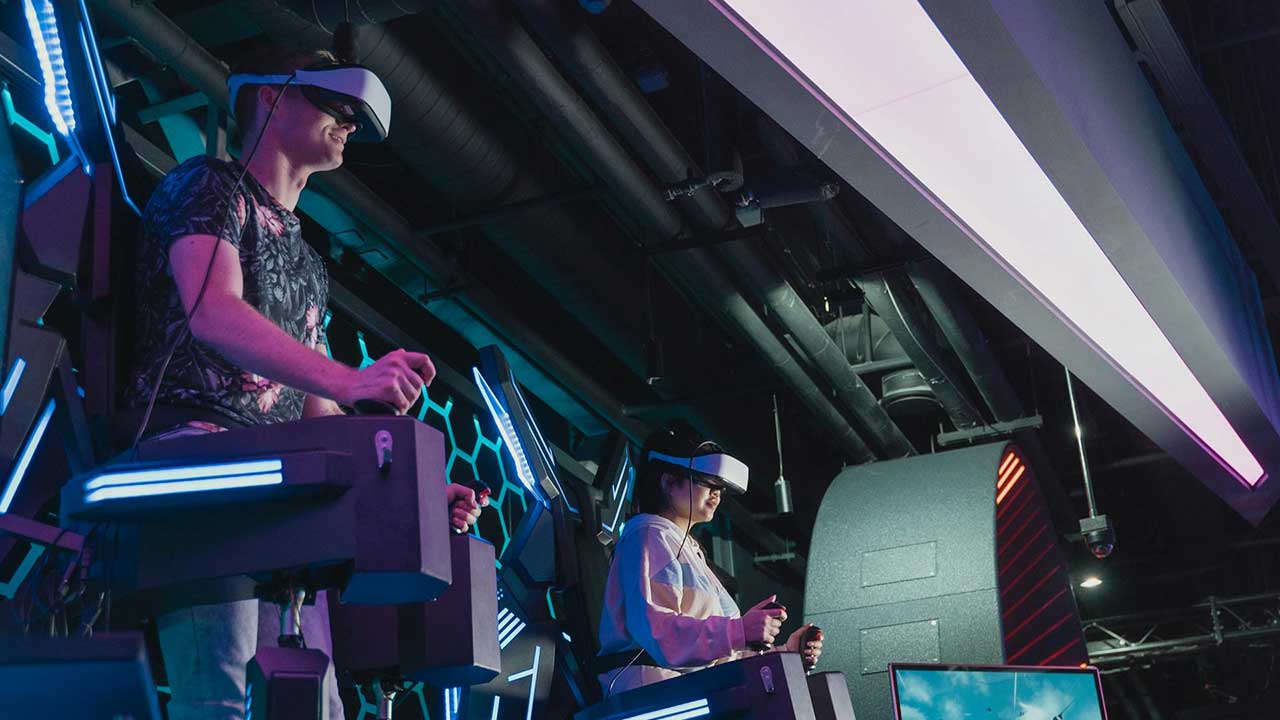Virtual land is starting to sell for very real money. In online worlds like Decentraland and The Sandbox, users are buying digital plots just like they would physical property. Only here, the neighborhood doesn’t exist on Earth—it lives on a blockchain. For some, it’s an investment. For others, it’s about creativity, identity, or just being part of something new.
Buying Property You’ll Never Touch
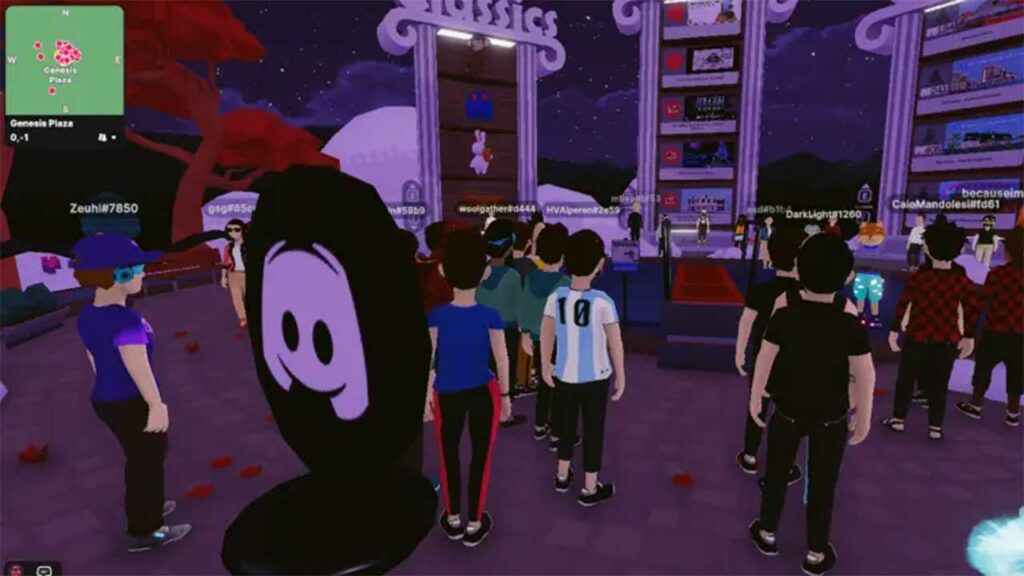
Ownership in these digital worlds is recorded using NFTs, giving users exclusive rights to a plot of land in a virtual landscape. One parcel in Decentraland sold for over $2.4 million, and it wasn’t just a fluke. Many investors believe that as more users join these platforms, digital land will follow the same scarcity-driven value path as real-world real estate.
It’s Not Just About the Price
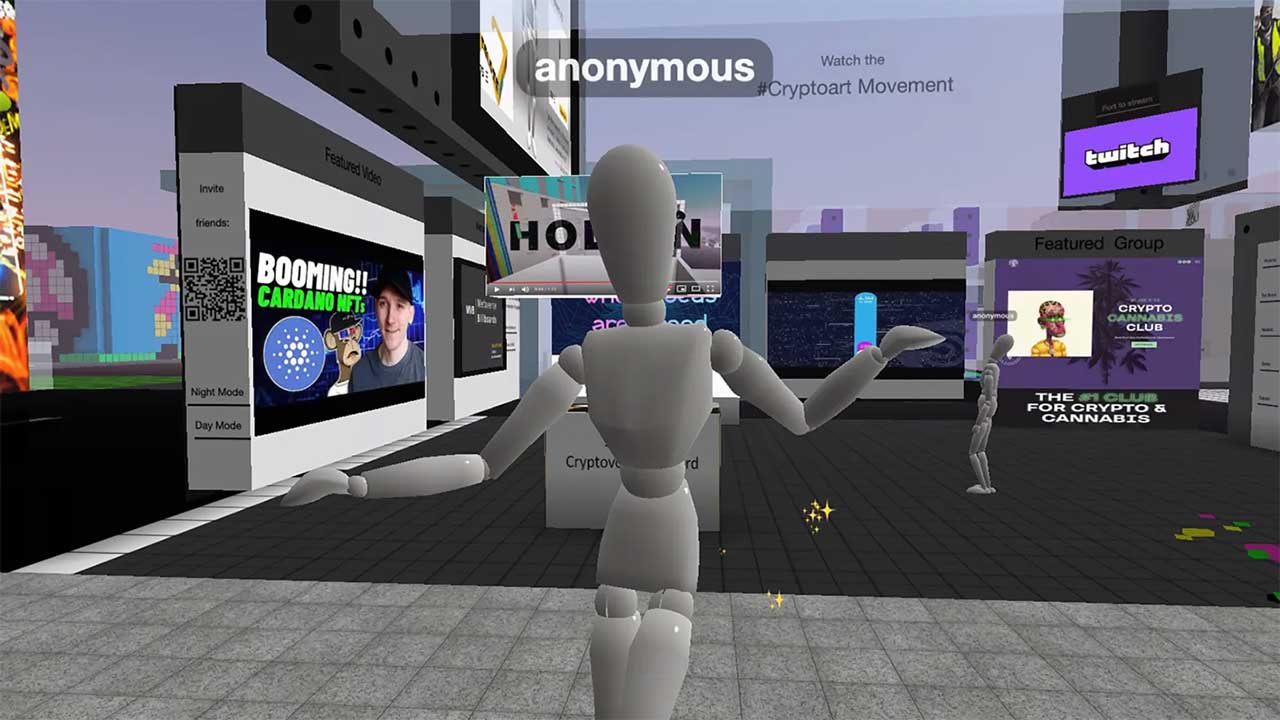
For some buyers, it’s less about flipping land and more about building something inside it. Custom homes, social clubs, concert venues—even NFT art galleries. These spaces often serve as digital gathering points. A survey by GWI found that younger consumers increasingly view virtual platforms as places to express their identity, not just as games.
In that sense, buying land is a way of planting a flag inside the digital world you want to live in.
Where the Brands Come In
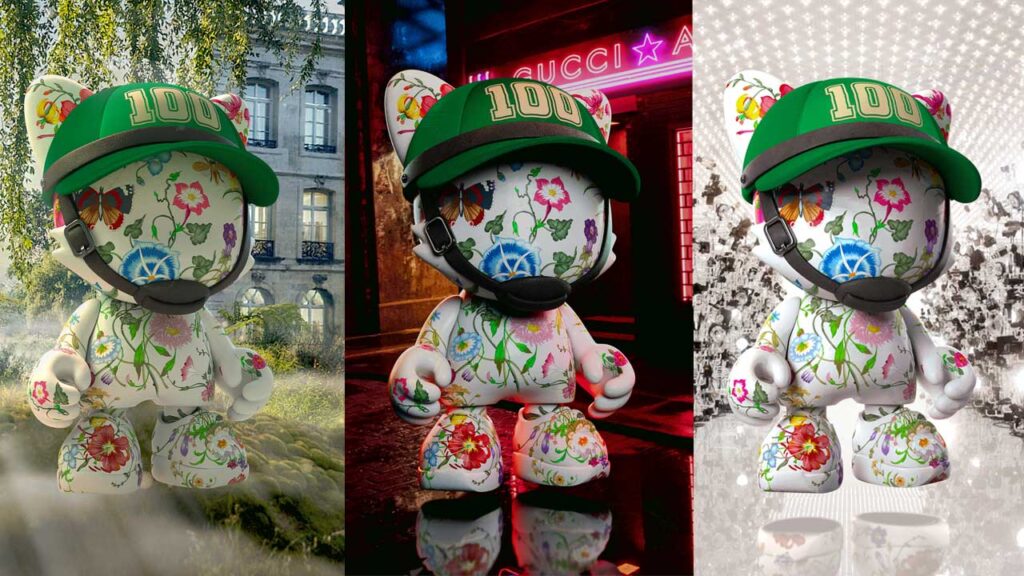
Major companies are getting in on it too. Gucci built a virtual experience in The Sandbox to engage Gen Z shoppers where they already spend time. Nike, Samsung, and others have followed suit, treating digital land like the new beachfront property—great for visibility, branding, and interaction.
Artificial Scarcity Makes It Valuable

Even though virtual worlds could theoretically expand forever, most platforms intentionally limit the number of available land plots. That built-in scarcity is what drives prices up. The dynamic mirrors traditional real estate—limited supply, growing demand, and a rising sense of urgency.
Some observers, like those at Wired, have raised questions about whether the land grab is driven more by hype than utility, but the market hasn’t slowed down yet.
This Idea Isn’t New
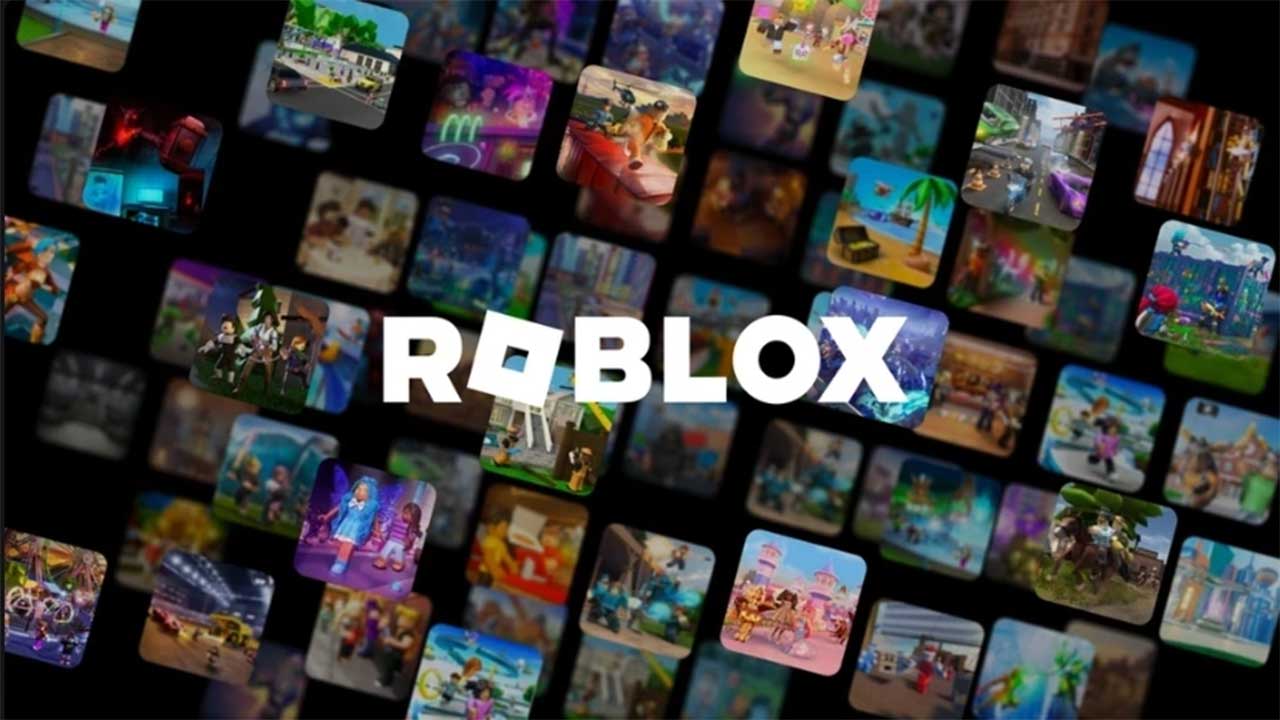
Virtual land has been around longer than you’d think. Second Life introduced the concept back in the early 2000s, and some users built full-time incomes off digital property. The practice has since expanded into platforms like Roblox and Fortnite, but the core idea—selling space in a digital world—has been tested for years.
Now, with better tools and more money flowing in, it’s becoming something closer to mainstream. The economics of platforms like Second Life are still referenced in industry breakdowns on Investopedia, and they’re helping shape how new platforms approach virtual land today.
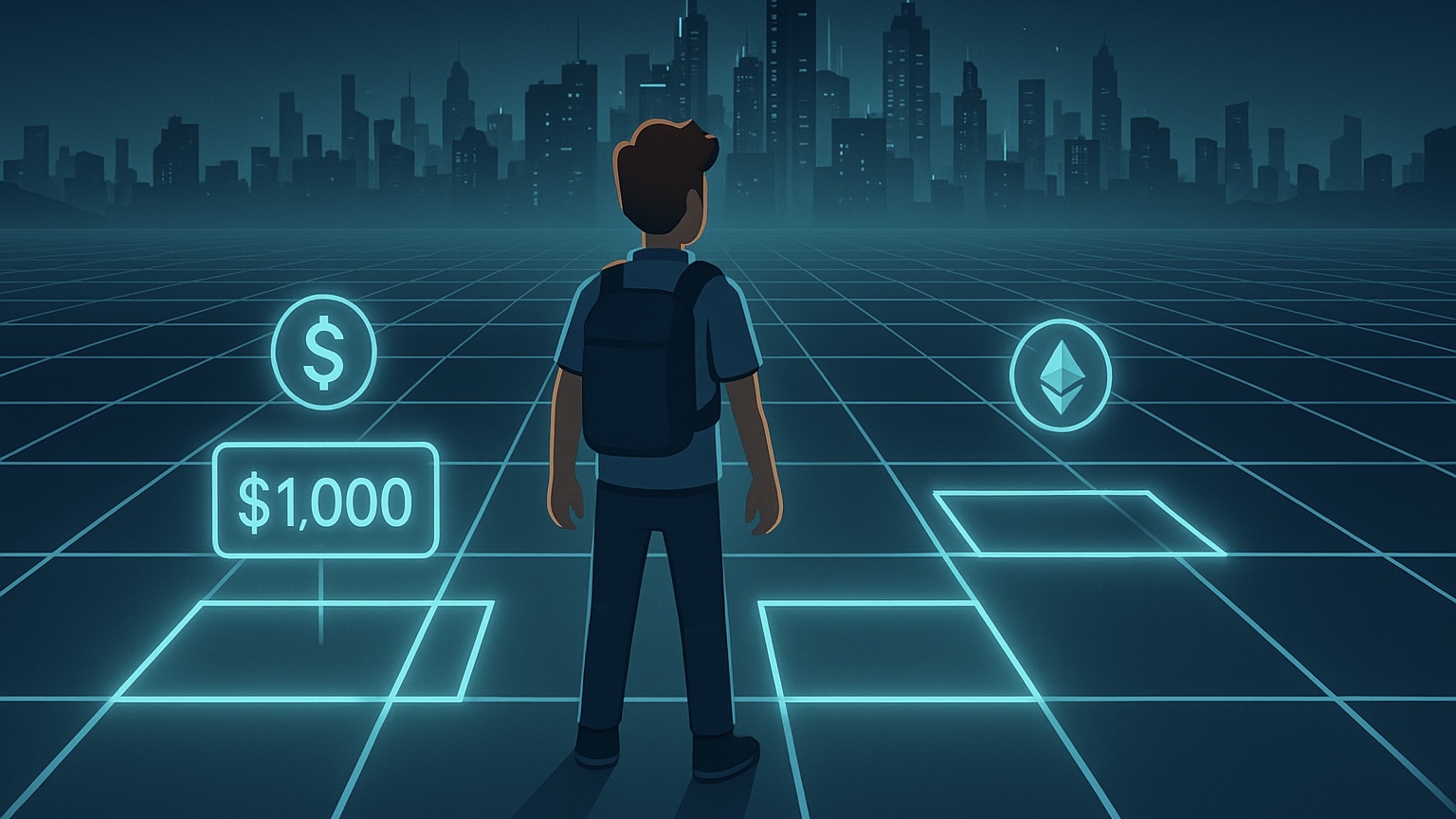
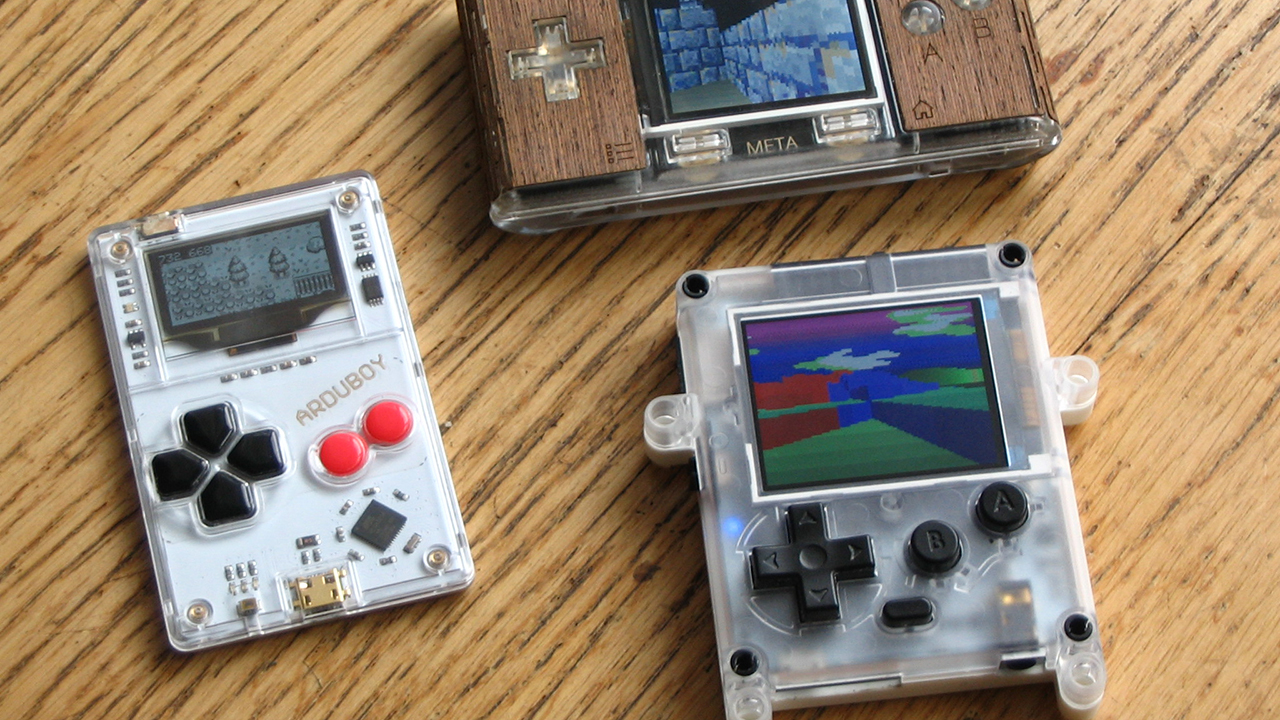
 By
By


